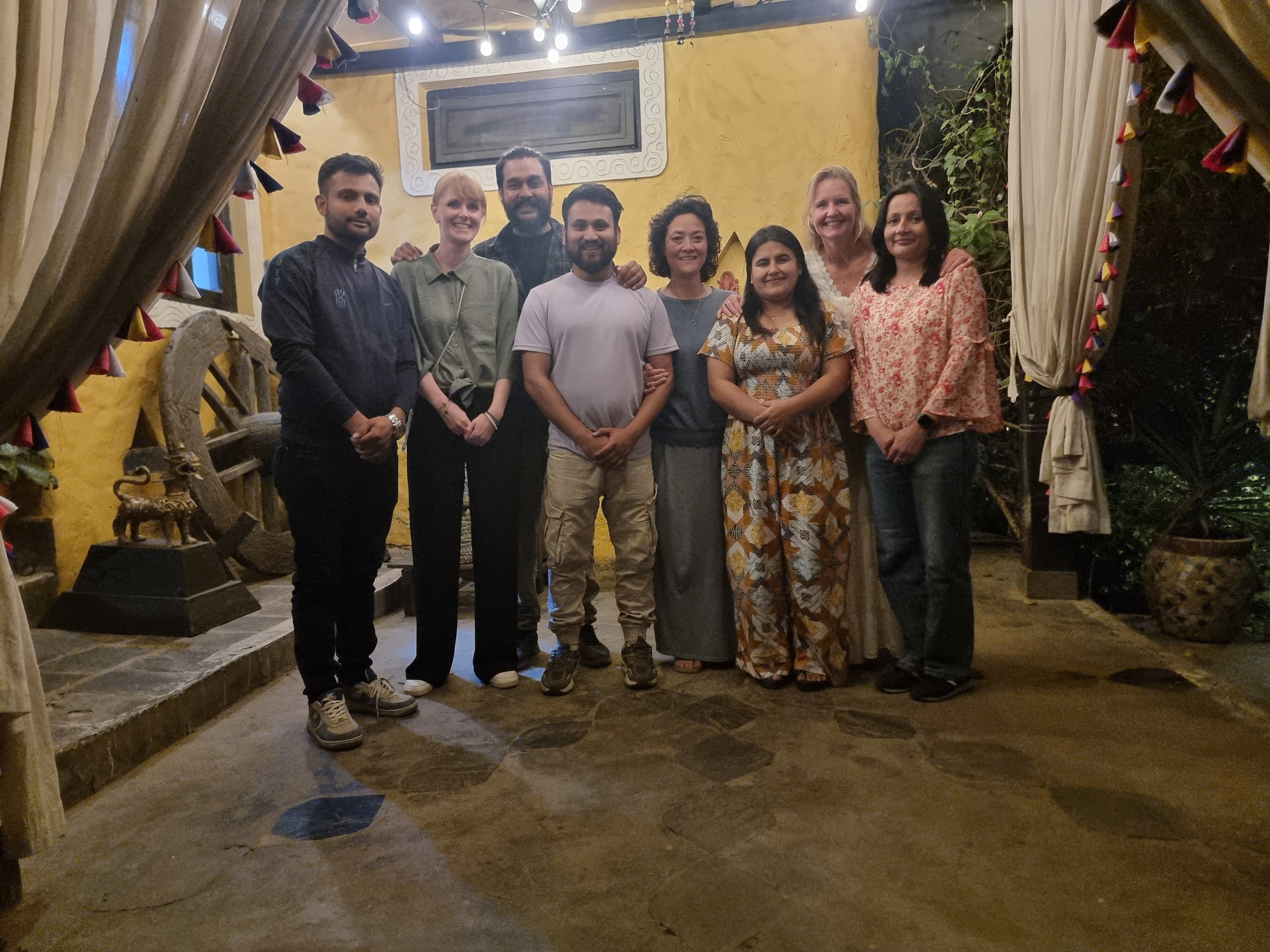Working with Government & Legal Setup
Partnerships for social bussiness development
NIDISI
Successfully establishing and scaling a social enterprise like a pad factory requires careful coordination with government authorities and strict compliance with legal requirements. This building block focuses on creating a strong foundation by building trust, ensuring legality, and protecting the enterprise from future risks.
The first step involves informing local and national government bodies about your project plans and activities. Regular communication not only builds transparency and trust but also makes it easier to gain support when needed. It ensures that the enterprise is seen as a responsible and contributing part of the country and community development.
Secondly, it is crucial to coordinate with local or provincial offices to confirm that the factory is located appropriately and meets all zoning, operational, and environmental requirements. Early consultation helps avoid future legal complications and promotes smoother project implementation.
Before any physical construction begins, the enterprise must complete all legal steps, such as securing land use permits, building approvals, and environmental clearances. This process prevents future disputes and ensures that the factory is legally protected at every stage.
If the enterprise plans to import machinery or raw materials from abroad (for example, from India and Chaina), it is essential to follow all import rules, including documentation and tax payments. Compliance with import regulations helps avoid customs delays, penalties, and additional operational costs.
Further, to operate legally in the market, the enterprise must register officially and gain approval to sell its products, such as sanitary pads. Official registration enhances the company’s credibility among customers, partners, and regulatory bodies, opening doors to wider distribution opportunities.
Finally, it is critical to insure the factory, machinery, and assets against potential risks like fire, natural disasters, burglary, or other damages. Having appropriate insurance coverage provides financial protection and ensures business continuity even during unforeseen events.
By following these structured steps, the enterprise not only secures its legal standing but also strengthens its reputation, improves sustainability, and creates a solid platform for growth and social impact.
Transparent Communication: Early and regular dialogue with government officials builds trust and helps prevent misunderstandings. Keeping authorities informed about your goals, timelines, and challenges encourages them to see your enterprise as a partner, not an outsider.
Clarity on Legal Procedures: Understanding land use laws, construction codes, environmental clearances, and tax requirements is essential. Many social enterprises face delays due to overlooked procedures or changing regulations. Investing time in legal research or consulting with local legal experts prevents costly setbacks.
Local Knowledge and Relationships: Strong ties with local officials, ward representatives, and district offices make it easier to secure permits, resolve issues, and adapt to changing local priorities. Relationships are often more influential than paperwork in moving processes forward.
Early Compliance with Regulations: Completing all legal steps—including registering the enterprise, securing sales approvals, and formalizing land and building use—avoids shutdowns or fines later on. Proactive compliance builds credibility and demonstrates commitment to quality and legality.
Insurance as Risk Mitigation: Covering the factory, machinery, and raw materials against fire, natural disasters, or theft is not only a financial safeguard but also a sign of professionalism. Many donors or government partners view insurance as a marker of organizational maturity.
Flexibility and Patience: Bureaucratic processes in Nepal can be slow and unpredictable. Having flexible timelines and a patient, consistent presence with government staff helps maintain momentum even when delays arise.
Start Government Communication Early: Engaging with local and national government bodies from the start builds transparency and reduces resistance later. Officials are more likely to support projects they’ve been informed about early.
Hiring Local Staff Builds Legitimacy: Local team members understand the administrative landscape, cultural norms, and informal power dynamics. Their presence facilitates smoother government relations and enhances community trust.
Visit Similar Factories First: Seeing how others operate—especially those working with sanitary pads or similar machinery—helps avoid design flaws, underestimate space needs, or miss critical compliance steps.
Secure and Legalize Land Before Construction: Ensure land ownership or lease agreements are clear, registered, and aligned with zoning laws. This avoids legal disputes and delays during setup.
Plan for Road and Transport Access: Factories must be reachable by road for raw material delivery, machinery transport, and product distribution. Poor access increases costs and reduces efficiency.
Understand Local Regulations in Detail: From building codes to environmental clearances and import duties—every step must comply with national and local laws. Delays often stem from missed details or assumptions.
Expect Bureaucratic Delays in Importing Materials: Importing machinery or raw materials—especially from India—often involves shifting regulations, unclear timelines, and repeated follow-ups. Strong documentation and regular contact with customs officers are essential.
Get Insurance Coverage in Place Early: Insuring the factory and its assets protects against financial losses from fire, burglary, or natural disasters. It also improves your credibility with investors and partners.
Budget for Legal and Administrative Costs: Legal setup involves more than expected—permits, taxes, certifications, and consultations. Having a buffer for these costs prevents interruption in critical phases.
Evaluate Surroundings Carefully: Avoid building too close to sensitive sites like schools or densely populated areas. A peaceful coexistence with neighbors supports long-term operations.
Legal Compliance Unlocks Institutional Partnerships: Government contracts, school distribution, and institutional sales require formal recognition. Being fully registered and approved enables new opportunities and funding.
